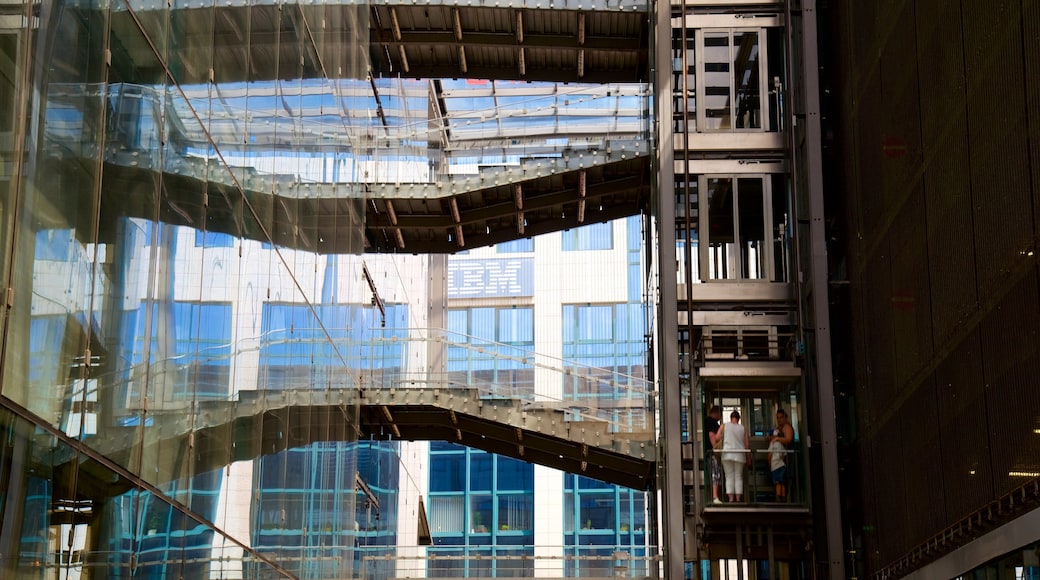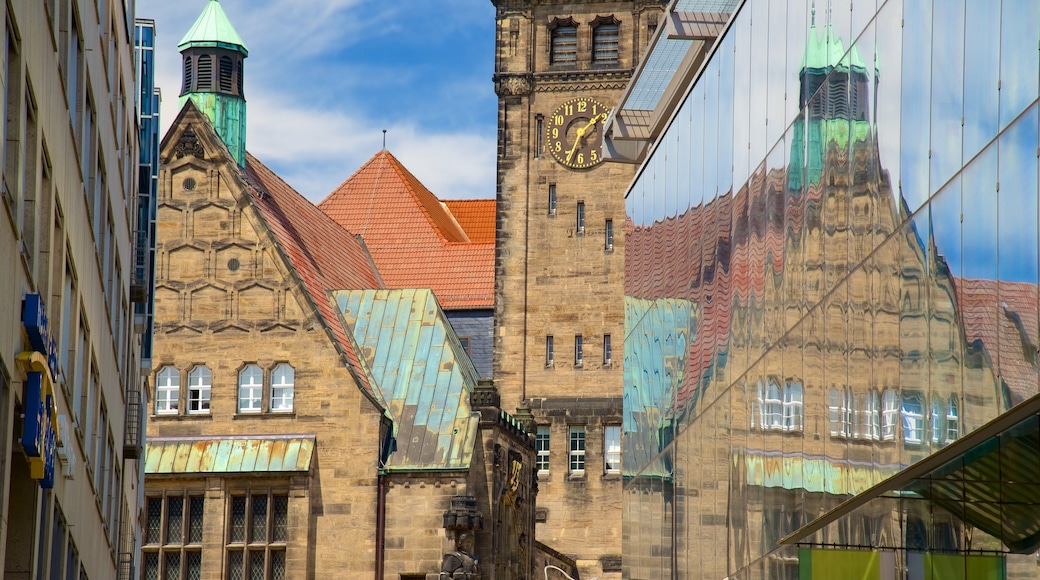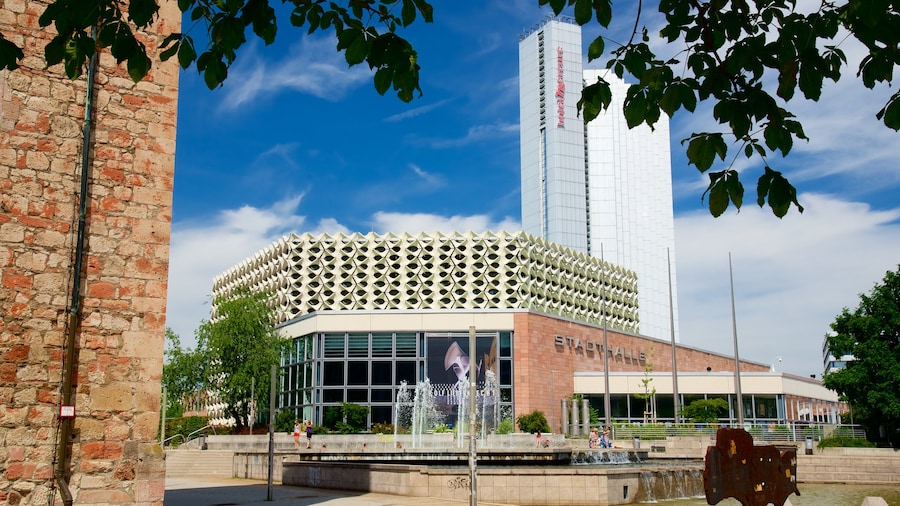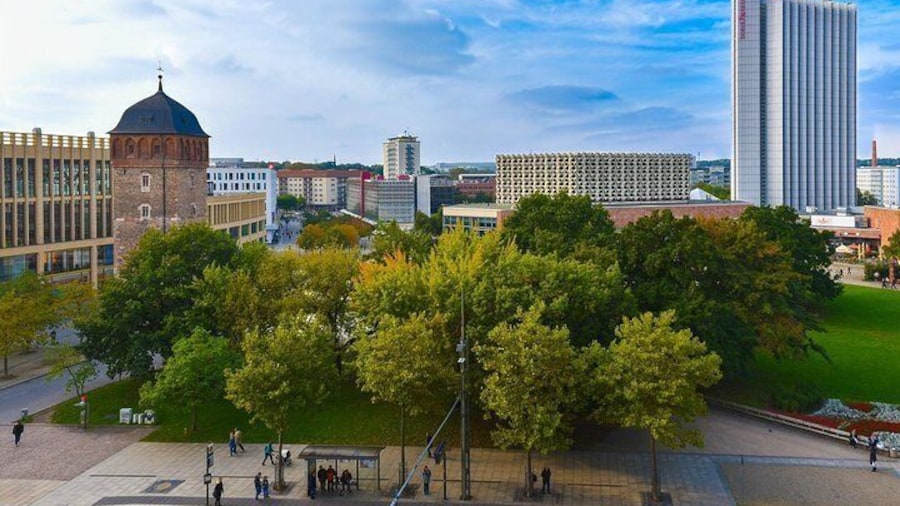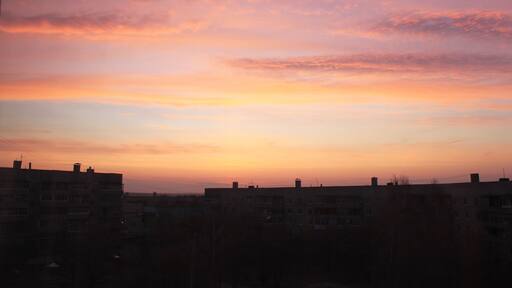One of the cities in Germany closest geographically to the Czech Republic, Chemnitz has a heritage bound to its Slavic roots. Through the medieval era, it emerged as a centre for trading and textile manufacture, to such an extent that by the 19th century the city had come to be known as “the Saxon Manchester.”
Much of this heritage is found in the 18th- and 19th-century streets within the Kassberg neighbourhood. Discover the Old Town Hall, which dates back to the 15th century, or take a walk around the conspicuous Red Tower in the city wall which can be traced to the late 1100s. You can also enjoy the Chemnitz Industrial Museum, part of the European Route of Industrial Heritage.
It was the 20th century, however, that saw the city transform the most. As an industrial hub, Chemnitz was a target for Allied bombing in the Second World War, which left most of the city in ruins. Later, as part of East Germany, Chemnitz was renamed Karl Marx City and widely rebuilt. You can see a Bust of Marx’s Head sculpted by Lev Kerbel today, nicknamed “Nischel” (Saxon dialect for head) by locals.
Today the city’s role has changed dramatically, with large retail centers in place of old industry. Take a shopping trip to the Galerie Roter Turm, or Red Tower, popular with young shoppers. Further away from the centre of town you can find the small picturesque castle, Burg Rabenstein.
Art lovers can enjoy the Museum Gunzenhauser, open since 2007, which houses around 2,500 works of modern art, including pieces by Otto Dix and Karl Schmidt-Rottluff. The specimens of a “petrified forest” in the courtyard of Kulturkaufhaus Tietz offer another popular attraction, dating back millions of years, a rare find. The Chemnitz Botanical Garden and the Arktisch-Alpiner Garten der Walter-Meusel-Stiftung, which specializes in arctic and alpine plants, are both pleasant places to unwind.
Chemnitz boasts many modern attractions, but there’s little doubt its true heart lies in its long heritage.



